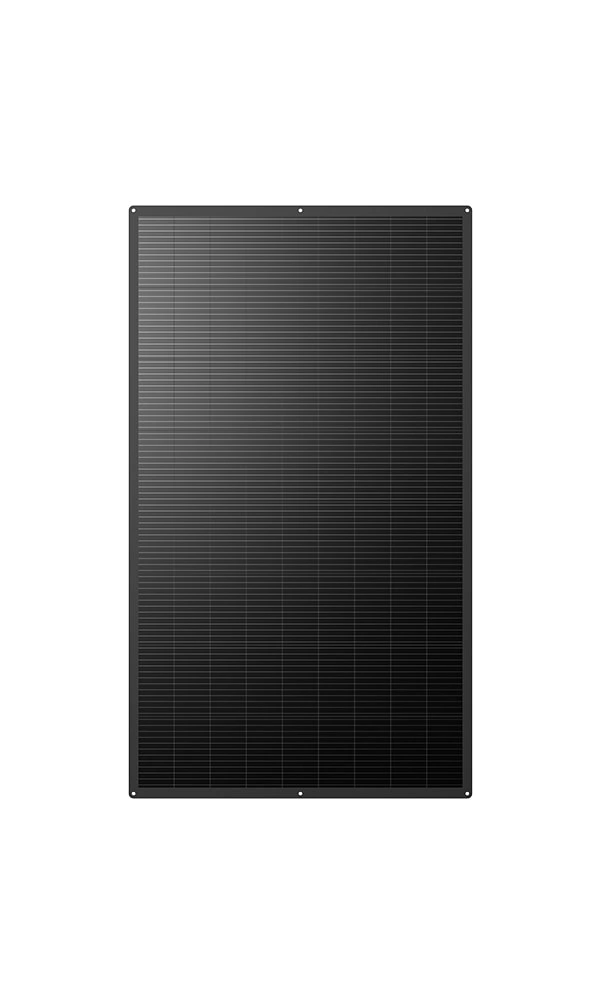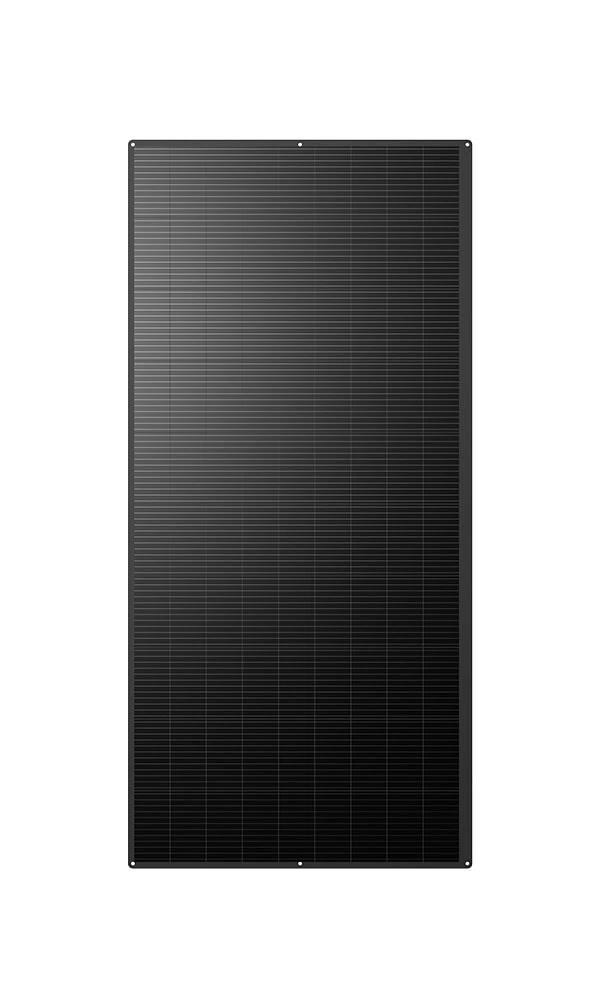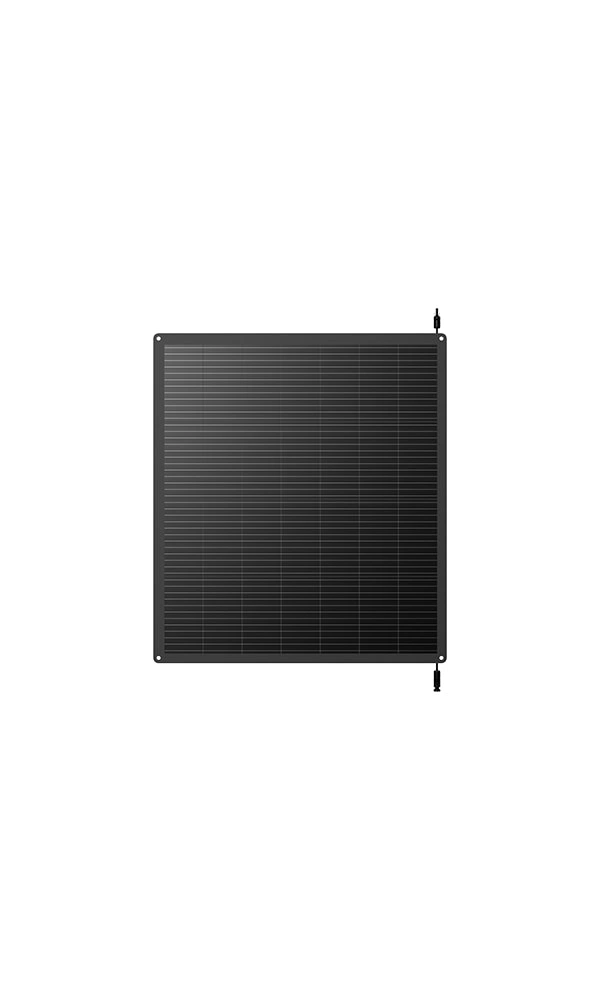Mechanical Parameters
| No. of Cells | 210 x105 Mono |
| Dimensions | 1760*1020*3mm |
| Weight | 6.55kg |
| Junction Box | IP65/IP67 |

Electrical Parameters (STC*)
| Module Type: | SP350M-36 |
| Maximum power (Pmax/W) | 350 |
| Open Circuit Voltage (Voc/V) | 47.51 |
| Short Circuit Current (Isc/A) | 9.25 |
| Voltage at Maximum power (Vmpp/V) | 40.1 |
| Current at Maximum Power (Imp/A) | 8.73 |
| Module Efficiency(%) | 19.5 |
TEMPERATURE&MAXIMUM RATING
| Maximum System Voltage(V) | 1500 |
| Maximum Series Fuse Rating(A) | 15 |
| Power Tolerance | 0~+3% |
| Pmax Temperature Coefficients(W/C) | -0.400% |
| Voc Temperature Coefficients(V/C) | -0.330% |
| Isc Temperature Coefficients(A/C) | +0.048% |
| NOCT Nominal Operating Cell Temperature(℃) | 45±2 |
| Operating and Storage Temperature(℃) | -40~+85 |
How do flexible solar modules perform in different environmental conditions, such as low light or high temperatures?
They excel in low-light conditions and have a lower temperature coefficient, meaning they maintain efficiency in hot climates better than some rigid panels. Performance depends on the specific model. The table below details performance across conditions, with metrics and tips:|
Environmental Condition |
Performance Metrics/Details |
Optimization Tips/Impacts |
|
Low Light (Cloudy/Shaded) |
Retains 80-90% output; monocrystalline cells capture diffuse light effectively |
Use in urban or forested areas; bypass diodes minimize shading losses |
|
High Temperatures (>40°C) |
Temperature coefficient -0.3%/°C; less efficiency drop (5-10% vs. 15-20% for rigid) |
Ideal for tropical/marine use; ETFE layer dissipates heat faster |
|
Cold/Extreme Lows (-40°C) |
Stable operation; no freezing issues with flexible materials |
Suitable for winter camping; output may increase slightly in cold due to better conductivity |
|
High Humidity/Rain |
IP67/IP68 waterproof rating; no water ingress |
Marine applications thrive; clean regularly to prevent dust buildup |
|
Windy/Vibrating Areas |
Flexible design absorbs vibrations; withstands winds up to 150-200 km/h |
Great for vehicles; secure mounting prevents flapping |
|
Dusty/Dirty Environments |
ETFE surface resists dust adhesion; self-cleaning in rain |
Minimal efficiency loss (2-5% vs. 10% for glass); wipe with soft cloth periodically |










